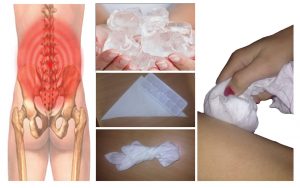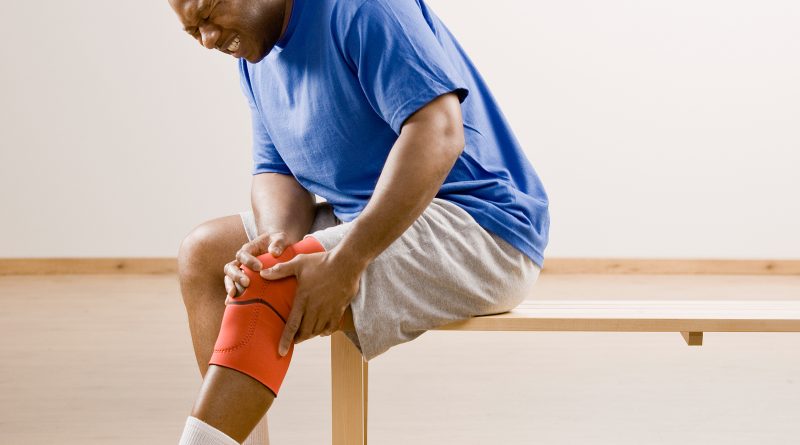Ice therapy for pain and injury
Ice decreases the blood flow to an injured area, reducing the pain and inflammation…….
By Abhigyan/Abhinav

Heat and cold are the two most common types of non-invasive and non-addictive therapy for muscles and joint pain but it depends upon the pain whether it is acute or chronic.
Inflammation has four signs: swelling, redness, pain, and heat. When we apply ice to injured part ice initially decreases the blood flow to the injury, then increases blood flow with decrease in inflammation & swelling, to that area. By this process it blocks the inflammatory process.
According to Dr Amit Saraswat, an expert in physiotherapy and founder in PhysioVeda India, when we apply ice to injured area vasoconstriction occurs first to reduce heat & then approx 5 to 10 min, the blood vessels will vasodilate.
Ice can be applied in towel as a pack or slightly wet towel dipped in ice and water mixture or containing crushed ice for not more than 5-10 minutes at a time. Any cold treatment should be used for 24-72 hrs after an injury. Cry therapy is useful after replacement operation like TKR & THR to reduce inflammation.
When there is an injury or discomfort a good rule to follow for first aid is the ‘PRICE’. Here P means Protect the injury part, R for Rest the injury, I for Ice the injury, C for Compress injury and E for Elevate the injury above heart level.
Ice pack will also serve as a local anesthetic, numbing the pain, reduce muscular spasm, swelling & heat. Don’t apply ice directly to the skin.
Role of heat is to open up blood vessels, which increase blood flow i.e. vasodilatation & supplies oxygen & nutrients to reduce pain in joints, relaxed sore muscles, ligament and tendon. There are two types of heat application: dry heat & wet heat or moist heat. Mostly we use moist heat i.e. heat that has moisture content, it may be applied as hot packs, towel soaked in hot water. Moist heat improves the flexibility of muscle and increases ROM because it penetrates better & goes deeper in the skin. Dry heat does not penetrate through skin so you can get burnt by that. Apply heat if you have joint stiffness, chronic pain.
“Do not apply hot pack directly to skin. Use moist towel in between the skin and hot pack. Do not keep hot pack for more than 10 minutes. Do not use heat if swelling is there, it can make inflammation worse. Do not use heat in diabetic neuropathy, circulatory or sensory problem. If possible ask your doctor or physical therapist which heat source would be best for you.
“It is a beneficial immersion of a part of a limb in warm water and immediate immersion of limb in cold water. Role of contrast bath, is that warm water causes vasodilatation (Widening of blood vessels) in the limb or body followed by the cold water which causes vasoconstriction (narrowing of blood vessel). It increases local blood circulation,” Dr. Amit Saraswat, said.
For contrast bath we take two buckets. One is filled with warm water other is filled with ice water. Immerse the area in warm water for 3 min and then switch immediately to the cold water & soak for one minute. Repeat these 5 times. Always start with warm water and end with ice water.
Don’t use if you high blood pressure, any circulatory problem, any area of broken or sore skin, reduction sensation in the affected area. Contrast bath are contraindication during the acute inflammation stage, acute inflammation begins at the time of injury and lasts for approximately 72 hours.

